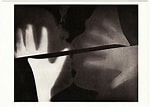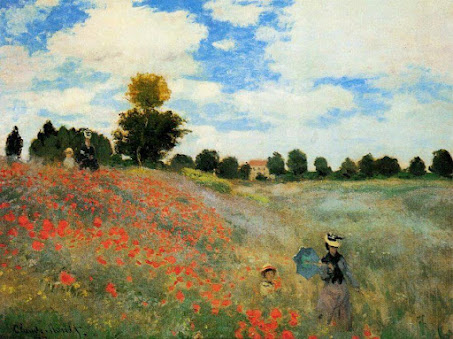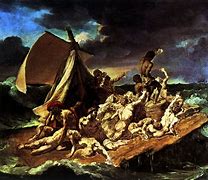Dadaism
Here I would like to talk about the style that interested me most when learning about the early modern era: Dadaism. The style exploded following World War I with artists such as Duchamp and Picabia being some prolific names of the scene. In ways, Dada works served as "anti-art", forsaking aesthetics and idealisms to instead present work that shocked the viewer into looking inwards at their own beliefs and societies. This attitude prevailed during the time after the war, with the conflict serving as a point of introspection as to the modernization and brutality of mankind.
Mechanical Head
Raoul Haussman (1919)
While I tremendously enjoy this work for the many things it says while simultaneously disrespecting convention, it also sparks uncomfortable thoughts and fears within me.
L.H.O.O.Q
Marcus Duchamp (1919)
While I am describing this period of art, it seems fair that I show one that I dislike. Shown here is L.H.O.O.Q by Marcel Duchamp. As said earlier, Duchamp was one of the leading names in the Dada scene, and this work he created in 1919, shows the Mona Lisa with a goatee crudely drawn on the subject. The original work was done on a postcard that displayed the painting, and alongside the goatee, the title when spoken roughly sounds like the French translation of a lewd remark made towards the woman.
This work demonstrates Dada thought by lashing out against the established art world, and bringing supposedly high art down to criticize and increasingly unjust and cruel post-war era society.
I absolutely despise this piece, and although I believe I understand what it is saying, it is just done in such a crude and uncaring manner that I can't enjoy it. Dadaism has produced many thought-provoking works be through sculpture or collage that are able to present themselves in a manner that is still shocking and introspective, while not being so lazy or on the nose as this. Apart from that, I do enjoy how this painting also demonstrates the Dada concept of art becoming more conceptual than physical, with Duchamp giving a colleague permission to duplicate his art for portrayal in a gallery after it gained notoriety. I may be fully wrong here, and if any of you find more to appreciate in this work, please let me know in the comments, I would love to hear it.
Rayograph
Emmanuel Radnitzky (1922)
Dadaism was truly a turning point in the history of the early modern era, shaped by the conflicts of the time, and with the sentiments and philosophies expressed within its works, the origins of modern art could be seen taking root.
Bibliography
Jones, Jonathan. “The Spirit of Our Time - Mechanical Head, Raoul Hausmann (1919).” The Guardian, The Guardian, 22 Feb. 2018, www.theguardian.com/culture/2003/sep/27/art.
Davis, Charlotte. “Dadaism: 10 Iconic Artworks from the Dada Art Movement.” TheCollector, 13 May 2020, www.thecollector.com/dadaism-art-of-dada/.
“Dadaism - Art and Anti Art.” Artyfactory.com, 2019, www.artyfactory.com/art_appreciation/art_movements/dadaism.htm.






ReplyDeleteDadaism is so unique! I feel like throughout art history, we see art styles repeating themselves, and there typically is not a drastic change in style. Dadaism, however, truly stands out amongst the rest of art throughout time. The goal of mockery within the work is something that I personally have never experienced with any other era of art. There is so much negativity in the work and each piece of art has a story in itself of the feelings that the artist has. Other than WWl, Industrialism was transforming the world and taking over natural beauty, and ultimately resulted in the rise of this art style as well. Everybody was determined to produce the next best technological advancements of their time, with little regard for the impacts it will have on Planet Earth. Particularly, during the first World War, the nations with the most technological advancements would likely be most successful, only fueling this takeover of the natural world even more. There is an immense amount of emotion lying within each piece: some positive, but mostly negative. For those against this transforming world, art may have been the only way to express their emotions, and indeed they did.
https://www.theartstory.org/movement/dada/
I have never heard of Dadaism until this art class, I'm glad to have learned something new. While I enjoyed learning about it, I don't care too much for the art. None of these art pieces appeal to me because they all seem so meaningless. I can definitely see how this art work can cause a lot of controversy but I don't see how it became so famous. I like how you tied this topic into the post war era because this is actually when this art style was birthed.
ReplyDelete